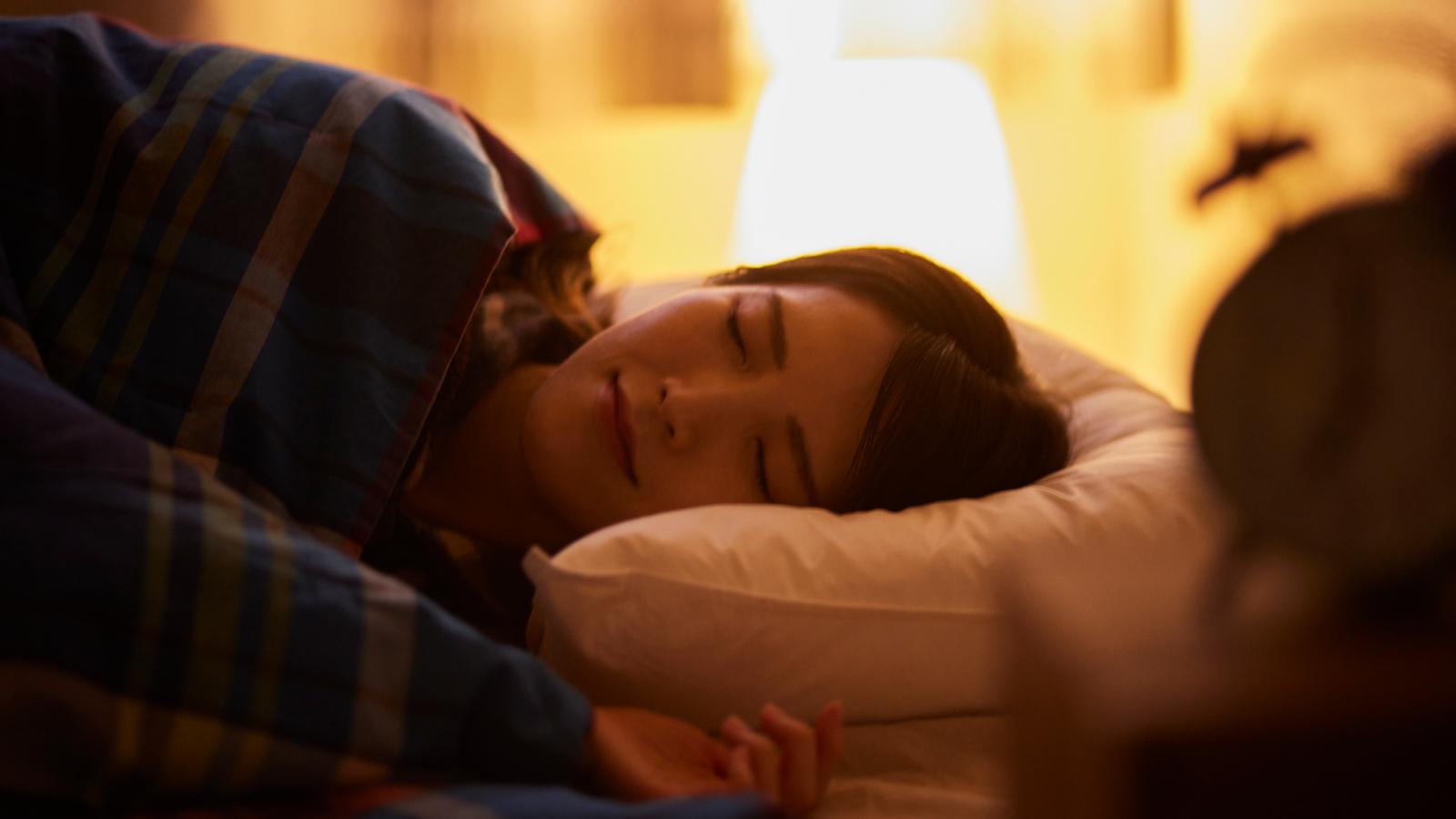How to set up your bedroom for optimal sleep
Last updated July 28, 2025

If you’re one of the 60% of American adults who don’t get the recommended seven to nine hours of sleep at night, you probably blame your caffeine intake, heavy workload, or snoring partner for keeping you up.1 The real culprit just might be your bedroom itself.
The boudoir is supposed to be a tranquil sanctuary, but too often it’s filled with distractions and clutter — exactly what you don’t need when you’re trying to get some shut-eye.
4 tips for creating a sleep-friendly bedroom
If you’re spending more time in bed tossing and turning instead of snoozing, try these tips for creating a bedroom environment that’s cozy, calm, and inviting so you can get the rest you so desperately need.2
1. Banish work
If you’re prone to sitting up in bed going over your PowerPoint one last time or firing off a few work emails before turning in, you may be setting yourself up for a fitful night. Sleep experts recommend that good sleep hygiene — best practices for getting good sleep — means only using your bed for sex, slumber, or convalescing when you’re sick.3 Anything else, they stress, may cause your brain to associate bed with activities that aren’t conducive to rest, making it particularly difficult to mentally disconnect when it’s time to turn in.4
2. Tidy up
Most of us have learned to live with a little disorder — that stack of mail on the front hall table or the tangle of cords in the junk drawer — but professionals say clutter can lead to cognitive overload and stress.5 We may think we’ve gotten used to the piles of laundry, books, and random papers littering our bedroom but our brains crave order and struggle to process information amidst the visual chaos.6 Get ahead of the pile up by spending a few minutes every day putting away the laundry and corralling books and papers. Then, when it’s time to hit the hay, there will be fewer distractions.
3. Go dark
It may seem obvious, but it’s a lot easier to fall asleep in a darkened room than one bathed in light.7 But you may not realize how much our exposure to light throughout the day can affect our circadian rhythm — the body’s internal clock that signals when it’s time to be awake and when it’s time to rest.8 Exposure to light can slow or halt the production of melatonin, the natural hormone that helps manage the sleep-wake cycle.9, 10 What’s more, studies suggest a link between nighttime light exposure and an increased risk of diabetes, heart disease, and obesity.11
Turning the bedroom light off when it’s time to go to sleep is a no-brainer, but don’t forget about the other sources of light — phones, tablets, and laptops. Refrain from using devices with a screen an hour or two before bedtime, that way you’ll limit your exposure to light and distressing news that may keep you awake.12 If the glare from a streetlight outside your bedroom window is distracting, you may also want to invest in blackout curtains or a sleep mask.
4. Cool down
During the initial stages of the sleep cycle, we experience a naturally occurring drop in body temperature which makes us feel sleepy. Keeping the bedroom thermostat on the cooler side — 65 degrees is considered optimal — can help your body maintain a lower core temperature, which can aid slumber.13 If that’s too cool for your comfort, try adding a cozy comforter or sleeping in a pair of socks. Warming the feet opens up the blood vessels, increasing heat loss through the skin, and that in turn causes the body’s core temperature to drop.14 Studies suggest that wearing socks to bed can shorten the time it takes to fall asleep and help you stay asleep longer.15
You may not be able to control how much work your boss gives you, or how loudly your partner snores, but these tips can help you take command of your sleeping space and get some much-needed rest.
Resources for your well-being
Looking for more information on caring for your well-being? Visit our Learning Center for tips and resources to help your mind, body, and wallet®.
